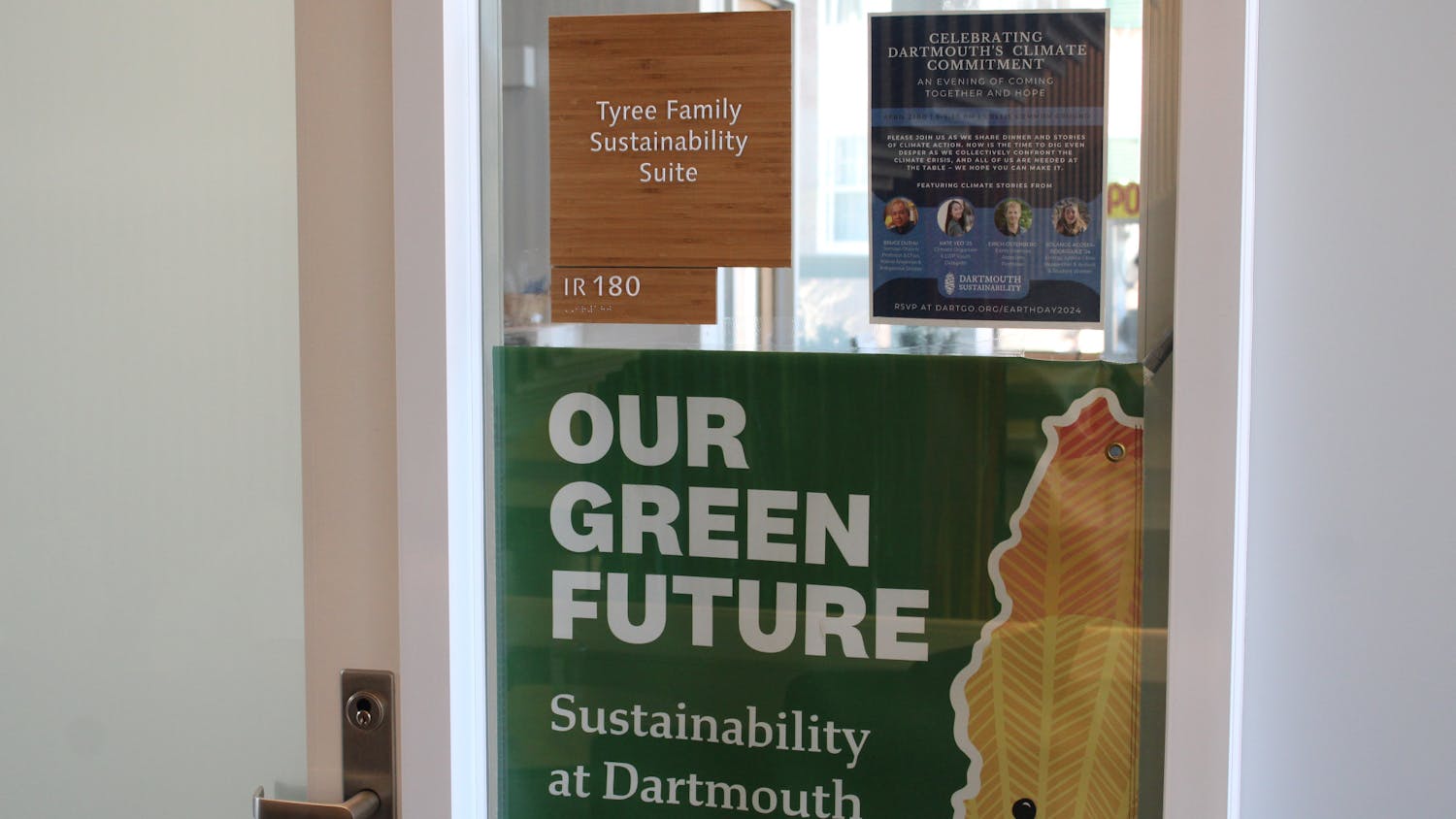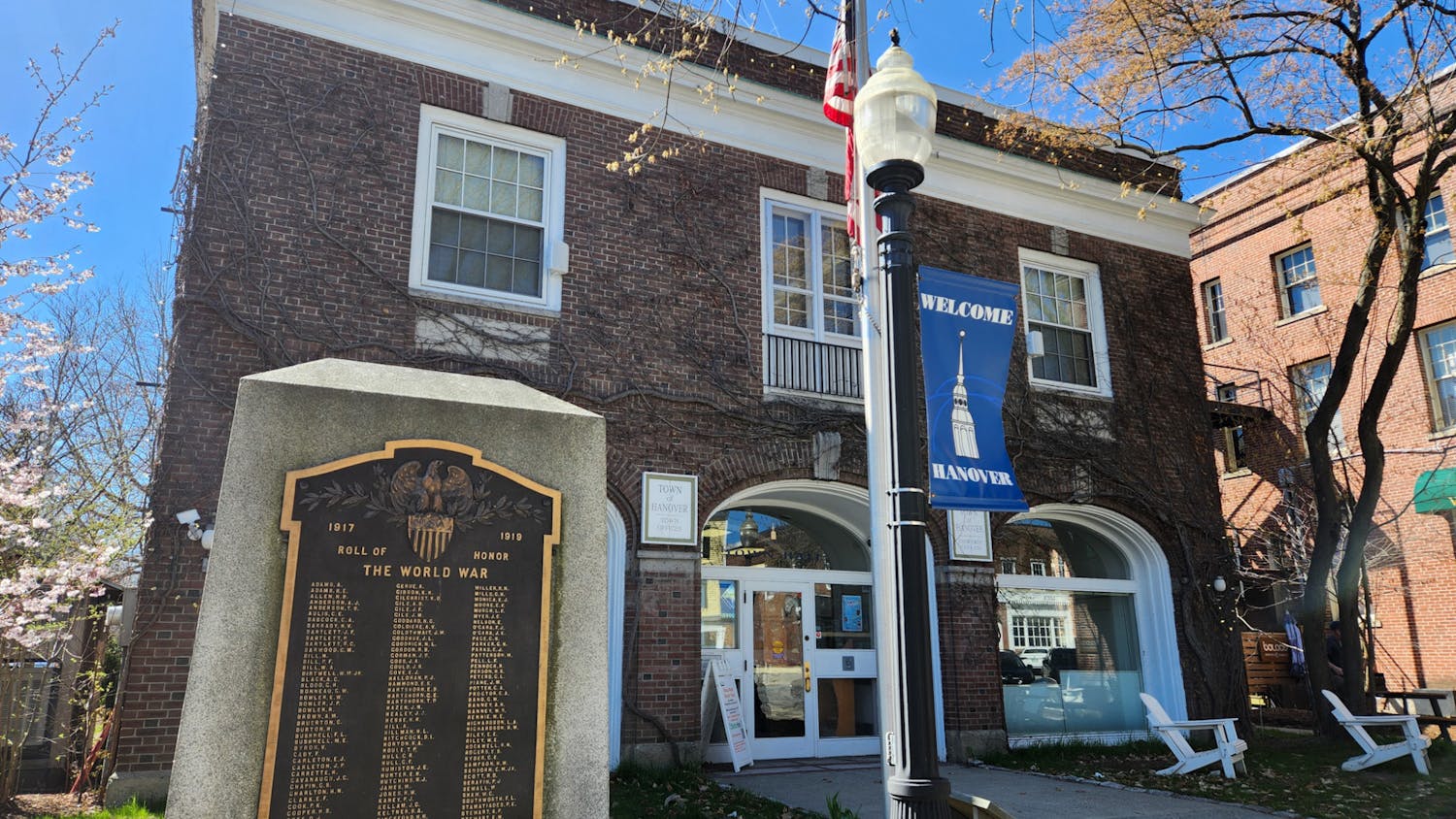How did you begin working on "The Roosevelts?"
KB: It's a project I've been thinking about for 30 years. One of my most important collaborators in my film career, Geoffrey Ward, is a Roosevelt scholar. He was the scriptwriter for the Civil War, World War Two and baseball series I directed, among half a dozen other projects. Focusing on these three characters- Theodore, Eleanor and Franklin-has never been done before. I was really interested in that angle, putting together the family drama. We've been at work for about seven or eight years.
What source material did you use for the film?
KB: News conferences, campaigns, conventions, especially for Franklin and Eleanor. We also collected and catalogued 22,000 still photographs of the three main subjects, their families, homes and other period shots. We ended up using about 2,500 of those. We interviewed a lot of folks that knew the Roosevelts, from friends to scholars. Geoffrey also benefited from the greatest coup of Roosevelt scholarship in this generation. FDR has been depicted as a rather opaque person, hard to get to know, but he had a distant cousin, Daisy Suckley, that he kept up an intimate correspondence with. She was unmarried, so people speculated about a sexual side to this friendship, but there has never been any evidence. She died in the mid-1990s and the family turned over the materials to Geoff to look at first. FDR confided things in his cousin that he never told Eleanor about, like his polio and feeling depressed and details of his relationship with Eleanor.
Much of the private material seems to be still photographs and letters. Was this a challenge to present in film?KB: We tried to bring that material to life with a style that I've used [for] the last 35 years, which is to include not just a third person narrative-we have Peter Coyote reading the script- but also to assign characters specific voices. We have an extraordinary group of people reading for the film, including Paul Giamatti for Theodore, Edward Herrmann for FDR and Meryl Streep for Eleanor. Eleanor scholars wept when they heard Streep bring to life the cold, hard type of the private letters. Patricia Clarkson, John Lithgow and a bunch of others read as well.
Why were you interested in this topic?
KB: The Roosevelts are the most influential family in American history. We tried to capture a historical arch that was informed by not just the top-down scholarship from newspapers and primary material, but also intimate conversations. I hope the title is not misleading. It's not intimate like tabloid, but reflects our firm belief in the film's ability to understand a drama that's intensely personal and psychological. We do not neglect the political, social and military events swirling around the Roosevelts, but those events are informed by personal writings and the intimate family dynamics.
Why do you think you keep going back to American history as a source for your documentaries?
KB: The same rules for a great story that apply to Steven Spielberg apply to me, and even though he can make it up, it doesn't mean he's going to get the most dramatic results. The stories I've chosen to tell are really powerful, and they also happen to be true.
Do you think audiences will be surprised by any of the material?
KB: The family is endlessly fascinating. Franklin cheated on Eleanor with Eleanor's social secretary during World War One, so there was a complicated dance between them and how to continue their relationship. The film tries to capture that complex story, which more accurately reflects our own stories. How interesting is that, to be able to capture these elements of the relationships of such powerful people in American history? It's a complicated narrative, a complicated story. The structure acknowledges that - as opposed to mythologizing these characters, it allows their faults to show through. Both Theodore and Franklin look ancient in later photos. Theodore died at 60 and FDR at 63, but they look like they died in their 80s. That was the life they lived, the burdens they carried.




